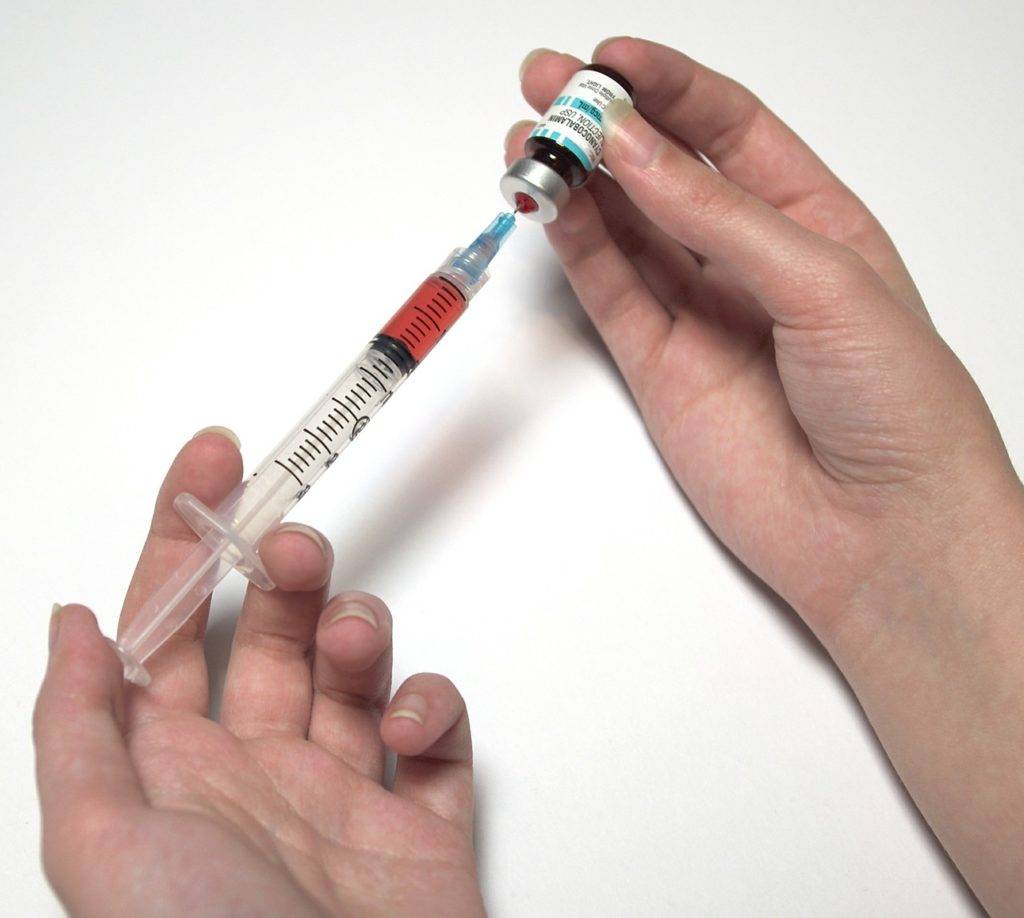Clearing the Confusion
Vaccines are essential tools in protecting our health, especially against dangerous diseases such as diphtheria, tetanus, and pertussis (also known as whooping cough). Two vaccines—DTaP and Tdap—are commonly used to guard against these illnesses.

While their names are similar, they serve different purposes and are administered at various stages of life. Understanding the distinctions between DTaP and Tdap is crucial to ensure you and your loved ones are adequately protected.
What Is DTaP and Who Should Get It?
DTaP stands for Diphtheria, Tetanus, and acellular Pertussis. This vaccine is primarily administered to infants and young children to build initial immunity against these three serious diseases.
Diseases DTaP Protects Against:
- Diphtheria: A bacterial infection causing a thick covering in the back of the throat, leading to breathing problems, heart failure, and even death.
- Tetanus: Also known as lockjaw, tetanus causes painful muscle stiffness and spasms, potentially leading to death.
- Pertussis (Whooping Cough): A highly contagious respiratory disease that can be particularly severe in infants, leading to coughing fits and breathing problems.

DTaP Vaccination Schedule:
The Centers for Disease Control and Prevention (CDC) recommends a series of five DTaP shots for children:
- First dose at 2 months
- Second dose at 4 months
- Third dose at 6 months
- Fourth dose at 15 through 18 months
- Fifth dose at 4 through 6 years
This schedule ensures that children develop strong immunity during their early, most vulnerable years.
Why DTaP Is Formulated for Young Children: Building Strong First Defenses
When it comes to protecting our youngest family members, the DTaP vaccine is specially designed to do the heavy lifting early in life. Babies and toddlers need strong protection, and that’s exactly what DTaP delivers.
Higher Antigen Levels for Developing Immune Systems
DTaP includes higher concentrations of diphtheria and pertussis components compared to its booster counterpart, Tdap. That’s because young children’s immune systems are still in training mode—they need a stronger signal to recognize and fight off these serious diseases.
Just like a child needs more practice to learn a new skill, their immune system needs extra support to learn how to defend against Diphtheria, Tetanus, and Pertussis (whooping cough).
Building a Foundation for Lifelong Protection
By delivering a higher dose of antigens, DTaP helps build a solid foundation of immunity that can be boosted later in life with Tdap. This early protection is especially important during the years when children are most vulnerable to infections.
Think of DTaP as the first layer of armor—strong, reliable, and essential for a child’s defense against these preventable diseases.
What Is Tdap and Who Should Get It?
Tdap stands for Tetanus, Diphtheria, and acellular Pertussis. Unlike DTaP, Tdap is formulated for older children, adolescents, and adults. It serves as a booster to maintain immunity against the same three diseases.
While it covers the same diseases as DTaP, Tdap is formulated differently to suit the needs of older individuals.
Tdap Vaccination Recommendations:
The CDC provides the following guidelines for Tdap vaccination:
- Adolescents: A single dose at 11 or 12 years of age.
- Adults: A one-time dose if they have never received Tdap.
- Pregnant Women A dose during each pregnancy, preferably between 27 and 36 weeks of gestation, to protect the newborn from pertussis.
- Booster Shots: Every 10 years, either Tdap or Td (Tetanus and Diphtheria).
Why Tdap has Lower Antigen Levels: A Smart Booster Strategy
Ever wonder why Tdap doesn’t have the same strength as DTaP? That’s because it’s made to boost the body’s defenses—not build them from scratch.
A Booster with Just the Right Amount
The Tdap vaccine contains lower levels of diphtheria and pertussis antigens than DTaP. That might sound like a bad thing, but it’s actually a smart design. Because older children and adults have already received DTaP as kids, their immune systems have a “memory” of those diseases.
So instead of needing a full dose again, the Tdap booster gives the immune system a gentle nudge, reminding it to stay alert without causing extra stress.
Less Antigen, Still Powerful Protection
This lower antigen level is not a sign of weakness. In fact, it’s perfectly tailored for older immune systems. The smaller dose reduces the chance of side effects while still offering strong protection against tetanus, diphtheria, and whooping cough.
It’s like hitting “refresh” on your body’s defense system—just enough to keep it sharp and ready.
The Key Difference: Why Dosage Matters in DTaP vs. Tdap
When it comes to the DTaP and Tdap vaccines, one of the biggest differences is dosage—specifically, the amount of diphtheria and pertussis components each one contains.
DTaP = Higher Dose for Young Children
The DTaP vaccine is given to infants and young children, whose immune systems are still developing. Because of that, DTaP contains higher doses of the disease-fighting ingredients—especially for diphtheria and pertussis (whooping cough).
This stronger formula helps their bodies build a solid foundation of immunity during the most vulnerable years of life.
Tdap = Lower Dose for Older Kids and Adults
As kids grow older into their teen and adult years, their immune systems already “remember” those early vaccines. The Tdap vaccine is designed to boost that existing immunity, not start from scratch. So, it includes smaller amounts of the diphtheria and pertussis antigens.
This gentler dose still gets the job done without overwhelming the immune system—perfect for a body that just needs a reminder rather than a full restart.
Why This Difference Is Important
The different dosages ensure that each vaccine works best for its age group. It’s a carefully designed approach to give just the right level of protection—whether you’re a baby building new defenses or a teen or adult needing a top-up.
Why Both Vaccines are Necessary: Protecting Families from Infancy to Adulthood
It might be easy to think that once you get your childhood shots, you’re protected for life—but that’s not quite how it works. Both DTaP and Tdap vaccines are essential, and here’s why: immunity fades over time, and boosters are needed to stay protected.
Waning Immunity: Why We Can’t Rely on Childhood Shots Alone
The DTaP vaccine does a great job of building strong protection in young children. But as kids grow up, their immunity begins to weaken. Without a booster shot—which is where Tdap comes in—older children, teens, and adults become vulnerable to serious illnesses again, especially pertussis (whooping cough).
Pertussis continues to spread in communities today, and because it often looks like a regular cold in adults, it can be hard to detect. That’s why staying current on Tdap boosters is a critical step in long-term disease prevention.
Protecting the Most Vulnerable: Babies and High-Risk Individuals
One of the most important reasons for Tdap boosters is to protect infants, especially those too young to receive their own DTaP shots. Babies are at the highest risk for complications from pertussis, including pneumonia, seizures, and even death.
When parents, grandparents, siblings, and caregivers stay up to date with their Tdap vaccines, they form a protective circle around newborns and others who might have weakened immune systems. This concept is known as “cocooning”—and it saves lives.
Safety and Side Effects
When it comes to your family’s health, safety always comes first. Thankfully, both the DTaP and Tdap vaccines have been thoroughly tested and are considered very safe. Like most vaccines, they can come with a few mild side effects—but these are usually signs that the body is building strong protection.
Common and Mild Side Effects
Most people experience only mild, short-term symptoms after getting the DTaP or Tdap shot. These include:
- Redness, swelling, or tenderness where the shot was given.
- A low-grade fever
- Feeling a bit tired or run-down
- A mild headache
These symptoms usually go away within a day or two and don’t require medical treatment. You can help your child feel more comfortable with rest, fluids, and a cool compress at the injection site if needed.
Rare But Serious Reactions
Serious side effects are extremely rare, but it’s important to stay informed. If you or your child experiences
- High fever (over 104°F)
- Non-stop crying (for over 3 hours in infants)
- Severe allergic reaction (trouble breathing, swelling of face or throat, hives)
You should call your healthcare provider immediately or seek emergency care.
Trust the Track Record
Millions of children and adults receive these vaccines every year without issue. Health experts, including the CDC and the American Academy of Pediatrics, agree that the benefits far outweigh any risks when it comes to protecting against diphtheria, tetanus, and whooping cough.
DTaP and Tdap Matter More Than Ever
Understanding the difference between DTaP and Tdap is essential for keeping your family safe from serious illnesses like diphtheria, tetanus, and pertussis (whooping cough).
The DTaP vaccine builds strong immunity in infants and young children, while the Tdap vaccine acts as a booster for older kids, teens, and adults. These two vaccines work together over a lifetime to ensure everyone stays protected.
But here’s the key: immunity doesn’t last forever. That’s why keeping up with booster shots is just as important as those first childhood doses. Without booster shots, diseases like pertussis can make a dangerous comeback—especially for newborns and those with weaker immune systems.

Take Action Today
Make sure your loved ones are protected. Talk to your pediatrician or family doctor to check if you’re all up to date on your vaccines. Staying on schedule isn’t just about protecting yourself—it’s about protecting your whole community.
Want to learn more? Check out this guide to DTaP, Tdap, and Td vaccines and explore Omega Pediatrics’ reading resources.



